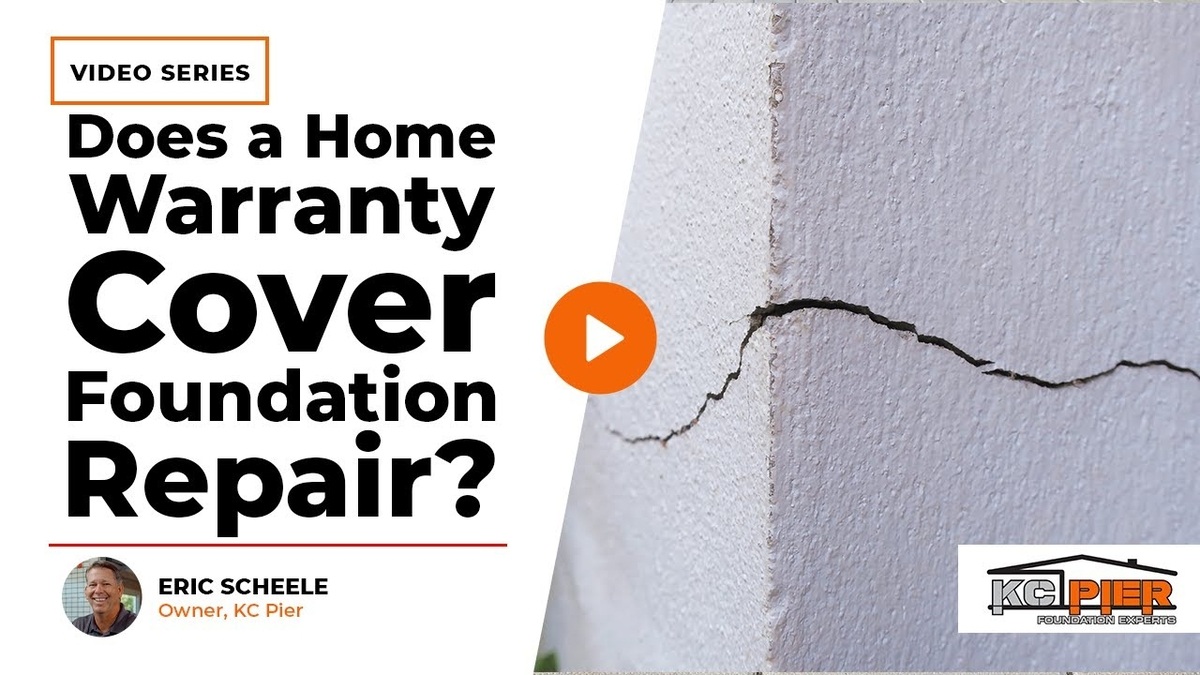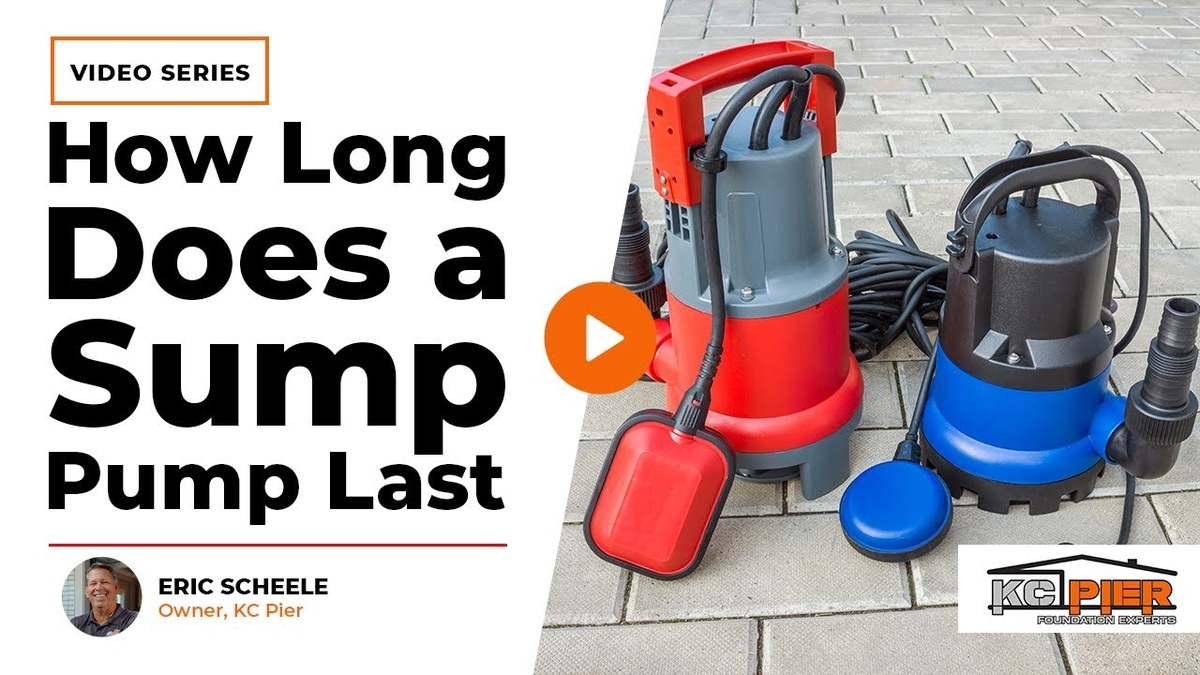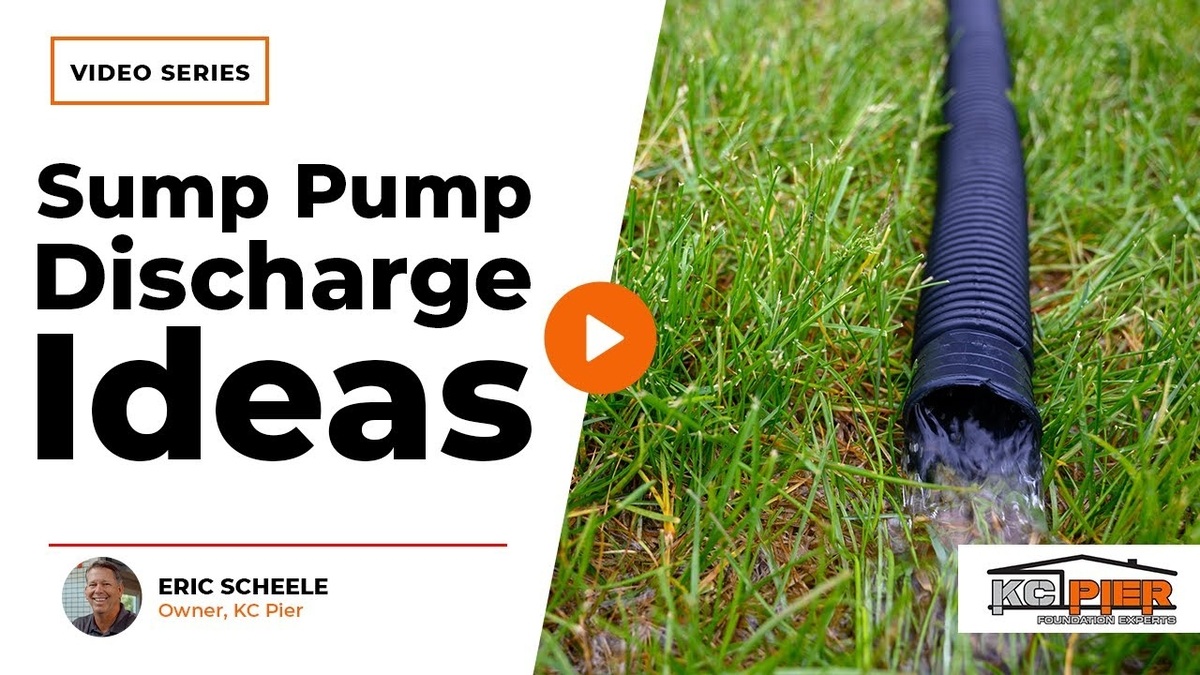Sump pump maintenance helps keep your basement dry. If the float stops working or debris blocks the discharge line, water can build up fast during rain.
By checking and cleaning the pump often, you can find small problems early. Follow the steps below to keep your sump pump working when you need it most.
How to Clean a Sump Pump Basin
Cleaning your sump pump is an important part of keeping your basement safe from flooding. To do the job right, you’ll need the following tools:
- A stiff brush or small broom to scrub away dirt and buildup
- A bucket of water or a garden hose to rinse the pump
- Rubber gloves to protect your hands from grime
- A flashlight to help you see clearly inside the sump pit
Step 1: Always unplug the sump pump before you begin. This protects you from electric shock and keeps the system safe.
Step 2: Use the brush to remove sediment, mud, or debris stuck to the outside of the pump. Scrub carefully around the motor housing and float.
Step 3: Check the bottom of the basin for loose gravel, leaves, or anything that could block the pump intake or jam the float switch. Clear everything out so the pump can turn on and off properly.
Cleaning the basin helps the pump run smoothly and keeps water moving away from your home. It also reduces the chance of the system clogging or failing during a storm.
Pro Tip: If the float can’t move freely or the pump blades are covered in debris, your system won’t work when water levels rise. Always clean both the pump and the pit.
What Can Go Wrong Without Sump Pump Maintenance?
Failing to maintain your sump pump can lead to major problems, especially during heavy rain. These are the most common issues we see:
- Float Switch Failure: The float switch turns the pump on and off. If it gets stuck or covered with debris, the pump won’t start when water rises.
- Worn Bearings and Blades: The pump’s internal parts need water to stay lubricated. If the basin stays dry for too long, the bearings can seize, and the blades may stop working.
- Clogs and Sediment Buildup: Dirt, mud, and small debris can block the pump intake. This puts extra strain on the motor and reduces performance.
- Rust and Bad Odors: A rusted or corroded pump is a warning sign. If you notice rust or smell coming from the pit, the pump may be near the end of its life.
Key Warning Sign: If water is sitting in the pit but the pump isn’t running, the system has likely failed. This needs fast attention to avoid basement flooding.
Professional vs. DIY Sump Pump Cleaning
Basic sump pump cleaning can be done by most homeowners. It’s a good way to keep the system clear between full inspections. Here’s what a typical DIY cleaning includes:
- Scrub visible debris from the pump’s surface
- Make sure the float moves up and down freely
- Use clean water to rinse dirt from the basin
While this helps, a professional cleaning goes deeper. When you hire a company like ours, we perform a full inspection and system test. A professional cleaning includes:
- Removing the entire sump pump from the pit
- Cleaning the float, impeller blades, and float switch
- Checking for rust, worn parts, or signs of damage
- Testing the pump to make sure it activates correctly
Key Takeaway: DIY cleaning is helpful. But a professional sump pump check gives a full inspection. It also helps your pump last longer.
Does a Sump Pump Need a Battery Backup?
We always recommend one. A battery backup gives you peace of mind when:
- The main pump fails
- The power goes out
- Heavy rain overwhelms the main pump
The backup runs on its own power and can last 3 to 5 days without electricity. Both pumps can also work together when needed.
Need expert help with sump pump maintenance? Contact KC Pier for a free consultation.
How Far Should the Sump Pump Discharge Line Go?
The discharge line must carry water away from your home to prevent it from seeping back into the basement. The exact distance doesn’t matter as much as the direction and slope.
A discharge line can be 5 feet or even 35 feet long. What matters most is:
- The pipe must slope downward so water flows away
- Water should not collect near the foundation
- The end of the line must stay clear of clogs, ice, or blockages
You should inspect the discharge line at the start of each season. Make sure the pipe is not crushed, frozen, or draining too close to the house.
How Long Does a Sump Pump Last?
Most sump pumps last between 5 and 10 years. Their lifespan depends on how well they are maintained and how often they run.
Here are a few key factors that affect pump life:
- Frequency of Use: A pump that runs often will wear out faster
- Basin Condition: A clean pit prevents clogs and protects moving parts
- Moisture Levels: If the pit stays dry too long, the bearings can dry out and fail
- Maintenance History: Pumps that are cleaned and tested regularly tend to last longer
A sump pump that’s rusty, noisy, or more than 7 years old should be inspected. You don’t want it to fail during heavy rain or a power outage.
In Summary
Routine sump pump maintenance helps avoid basement floods, expensive damage, and surprise repairs. Cleaning out sediment, checking the float, inspecting the discharge, and having a backup pump all make a difference.
Contact us today if your pump hasn’t been checked in a while. At KC Pier, we inspect and service sump pumps across Kansas and Missouri so your home stays dry, rain or shine.






